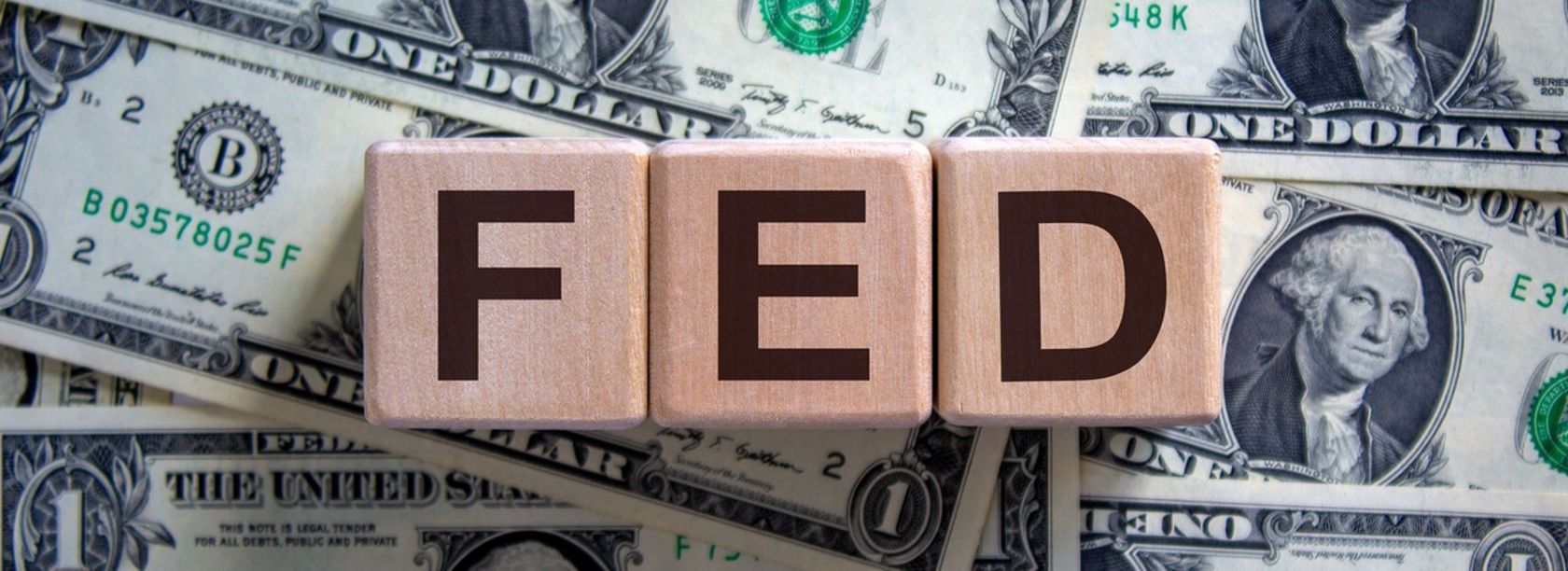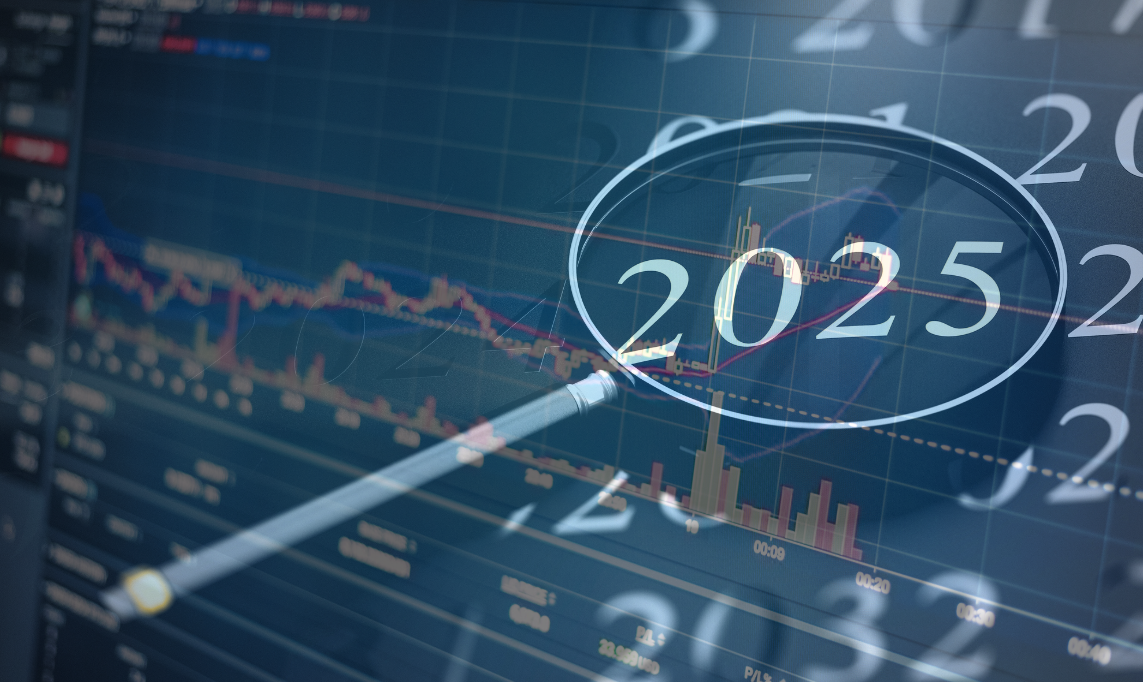
FED, the rate increase and the impact on financial markets
On November 2, the FED announced a new interest rate increase of 0.75 percent.
It is the latest decision by the Federal Reserve (Fed), the U.S. central bank, to raise interest rates in the United States again, raising them between 3.75 percent and 4 percent. This is a level not seen since as far back as 2008, before the great economic and financial crisis that led to the collapse of the investment bank Lehman Brothers.
Fed Governor Jerome Powell announced the continuation of monetary tightening (as the upward adjustment of rates is called in technical jargon) with a stated goal: to stem the flare-up of inflation, which is well above 8 percent year-on-year in America, a figure not seen in 40 years. The Federal Reserve thus continues to move along the same path it has taken so far: that of raising the cost of money, in line with the decisions of the European Central Bank. In fact, the latter made a 0.75 percent increase at the end of October.
Jerome Powell, the Fed's monetary policy
In addition to the decisions communicated by Powell, the financial community showed strong interest in the governor's words during the press conference following the Fed's summit meeting. As is always the case with central bankers' statements, it is important to understand what direction monetary policy will take in the coming months.
Unfortunately, on this point the Fed governor did not help the markets clear their minds. Indeed, in his press conference, he did not rule out the possibility that there may be a smaller rate increase in December, namely 0.5 percent, as opposed to previous increases of 0.75 percent.
At the same time, however, Powell himself announced that the level of the cost of money, once the restrictive maneuver is over, could be higher than budgeted so far.
Monetary policy and inflation: what to expect?
For Rony Hamaui, professor in the Department of Economics and Finance at Università Cattolica, the restrictive monetary policy of central banks on both sides of the Atlantic is likely to last longer than expected. "Rate hikes may not be each on the order of 0.75 percent as we have seen so far," says Hamaui, "but it is difficult for them to be interrupted in the short term and for price dynamics to quickly return to much lower levels than today."
For the Catholic professor, it is indeed likely that consumer prices gross of energy and food commodities will begin to slow in the coming months, but it is equally plausible that "core inflation (net of energy and food), which monetary authorities are watching most closely, will decline very slowly. That is why it is difficult for the rise in interest rates to cease before the economy falls into recession." Hamaui recalls a maxim of economist Michael Bruno who said, "Inflation resembles smoke: once you cross a minimum threshold, it is very difficult to escape its addiction." Therefore, it takes great determination and several sacrifices to counter it.
Equity or bond?
Markets have always disliked uncertainty, and today they are faced with unknowns whose effects are reflected in the prices of both bond and equity markets.
The yields offered by bonds are far more substantial than those expressed at the beginning of the restrictive monetary policy cycle, but, precisely because of the uncertainty that still characterizes inflation trends and the consequent choices of monetary authorities, bond markets are potentially subject to further volatility in prices.
As for equities, the quarterly earnings season (i.e., the release of financial statements on the third quarter of 2022 by listed companies) in the United States and Europe is confirming that there is a slowdown in economic growth with negative effects on corporate profitability. The process of downward revision of earnings estimates for the coming quarters could therefore weigh on stock markets, reducing optimism about companies' prospects.
/original/Testo+del+paragrafo+%2827%29.png)
/original/Testo+del+paragrafo+%2825%29.png)
